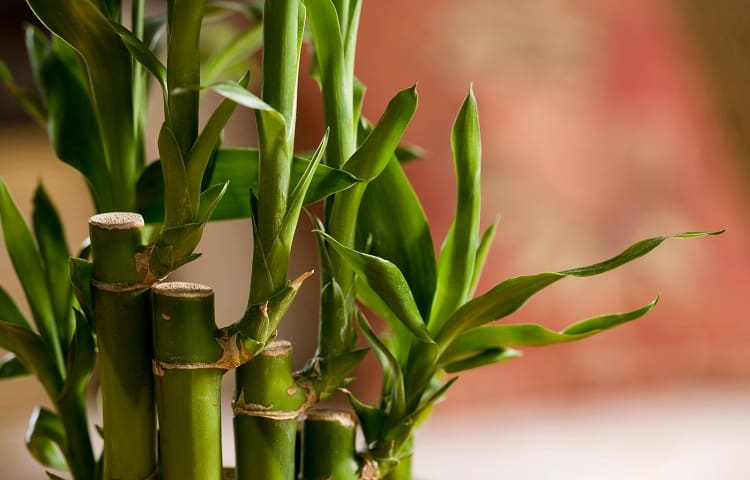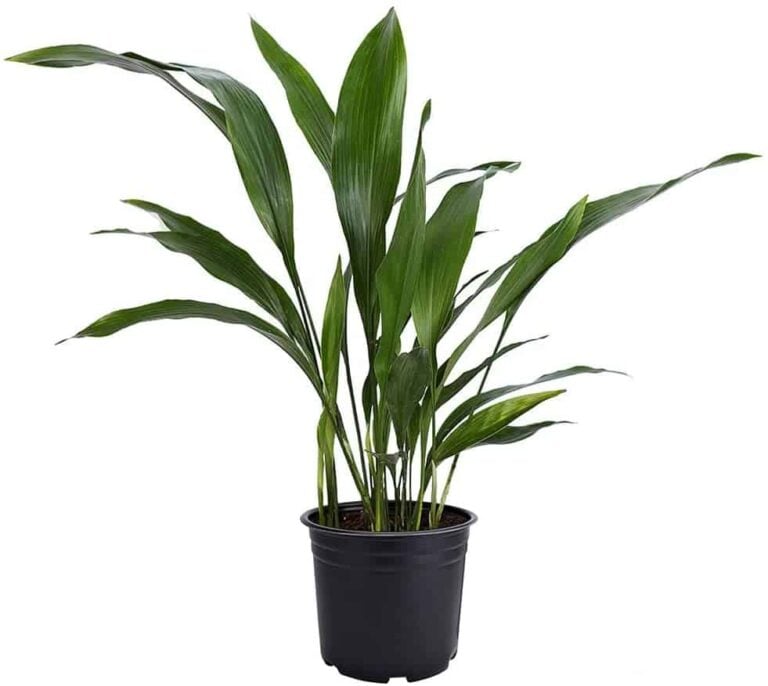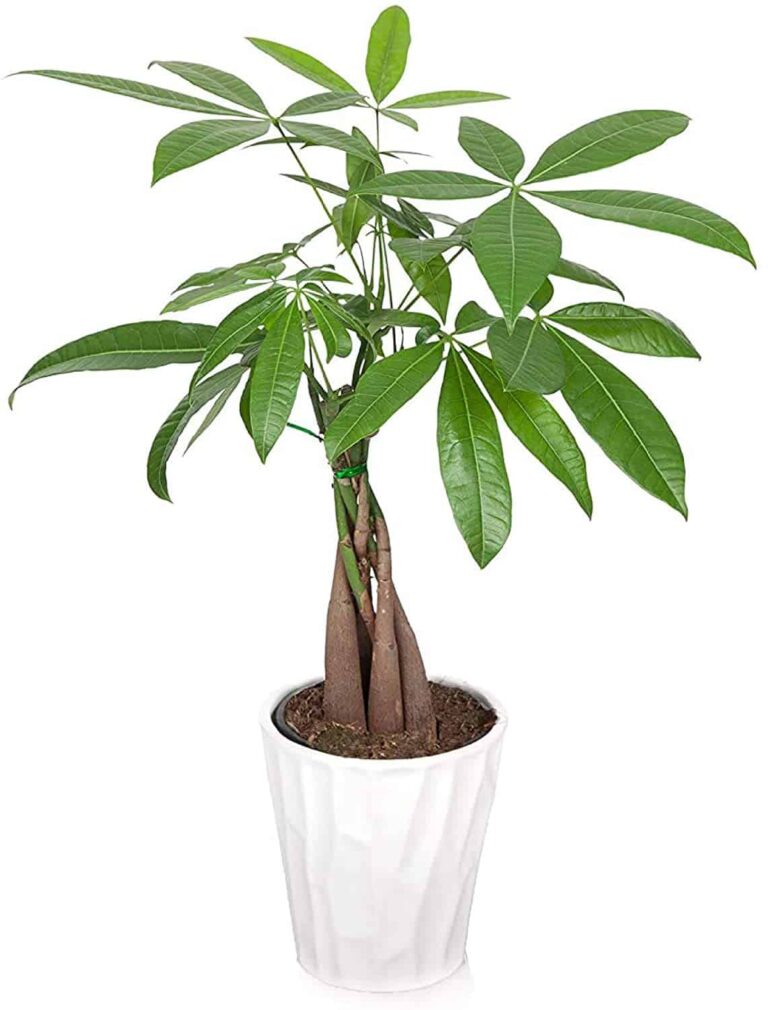Soak in the Rays with the Best Plants for Full Sun
Our recommendations for the best plants for full sun are Purple Coneflower Flowers and the Blue Heaven Flutterby Petite Dwarf Butterfly Bush. Recognizing the stress that the afternoon sun can bring, we narrowed our focus to plants that have heat and drought tolerance. Full sun, after all, can bring drying conditions. Continue reading to see which plants we think benefit most from full sun growing conditions.
Our Top Picks for the Best Plants for Full Sun
[wptb id="8090" not found ]Defining Sun Exposure
To determine the best garden plants for full sun, it’ll help if you understand what the term really means. The formal definition concerns the amount and type of sunlight a plant needs. When we speak of a plant for full sun, we mean one that needs at least six hours of direct sunlight each day. There are a couple of important words in that definition.
First, there is the amount. Six hours describes the minimum which a plant needs. It could go over that amount, but it needs to meet this threshold to thrive. Several factors contribute to this high bar. Fruit trees, for example, prefer full sun so that they can continue to produce enough food and energy to get a harvest. That process requires a lot of energy on the plant’s part.
Second, you’ll notice the emphasis on direct versus indirect light. And just as it implies, that means sunny areas with full exposure and not dappled sunlight filtering through an overhead canopy of leaves. If any shade is involved, it has left the realm of full sun. Without adequate sunlight, these plants will not produce an optimal yield as in the case of fruit trees. Their growth may also be stunted.
The Nuances of Direct Sunlight
It’s one thing to talk about direct sunlight, but you also need to consider when the plant is receiving it. There’s a world of difference between six hours of direct sunlight during the morning hours versus the same time in the hot afternoon sun. Morning temperatures run cooler than those in the afternoon. For plants, that means drought and heat tolerance will come into play.
That means you need to know when plants receive direct light at your site. Just because a plant prefers full sun doesn’t mean it can tolerate the hot temperatures that occur during the afternoon, this might mean bringing a container plant in from the balcony, for example. In addition to full sun, you’ll have to widen your criteria to include drought and heat tolerance to boot. It may limit some choices, but you’ll have greater success in the long run.
What You Need to Know about Choosing Plants
After considering these basic needs, we can move to other things you need to consider when choosing full sun plants. Many apply to any outdoor plant you want to add to your garden. They are worth mentioning as we put them into context with the full sun requirement. As a general rule of thumb, you should try to match your plant selection with the conditions of the location.
It makes good sense to choose outdoor plants that are already adapted for the environmental stressors they’re likely to encounter. Remember, these are the plants that have evolved strategies for surviving under difficult conditions. For example, a plant that grows in the shade will rely more on soil nutrients for nourishment since sunlight is a limiting factor for food and energy production.
Likewise, a plant in full sun will make good use of the abundant sunlight to produce food for fruit and showy blooms. The available sunlight allows them to use photosynthesis to its fullest potential. It’s a way that plant have adapted to the conditions that still can ensure they live long enough to reproduce.
Soil Conditions
If this is a new planting, you should begin with a soil test. The test will give you the nutrient profile of a site so you can make the necessary adjustments. It may mean adding fertilizer to get the ratio of nutrients right. You may need to make other changes such as adding lime to correct differences in soil chemistry. It’s better to know this information up front before planting.
Soil Texture
The soil texture gives you an idea of how well it will drain. It can be a critical factor with sun-loving plants. Sandy soils will drain quicker than heavy clay soils. Loams fall somewhere in between. A full sun plant in a loamy soil with morning light will fare very differently than on in sandy soils with afternoon sunlight. So, soil texture is another essential aspect along with light.
Moisture
Your plant’s need for moisture can be a deal breaker when it comes to choosing a full sun plant. If you live in a drought-prone area, you may have restrictions on when you can water your plants. That becomes important when you have full sun locations with afternoon exposure times. For dry areas you can minimize the amount you need to water by tending to plants in the morning instead of later.
Hardiness
Knowing your area’s USDA hardiness zone adds another piece to the puzzle. It’s easy to assume that full sun plants only live in warm southern climates. There are many plants that will survive the -30 degrees Fahrenheit lowest extreme temperature of Zone 4a variety. Remember, sunny doesn’t always mean warm. You’ll find plants appropriate for all zones.
This video from the Iowa State University Extension talks about why you might consider native plants for your full sun location.
You might want to limit your focus to native plants, perennial or annual, that are adapted to a site’s particular conditions. Non-native plants may be a wild card when it comes to surviving weather extremes. If you prefer an ornamental variety, you may have better luck with tolerant flowers or plants that have at least been grown in your area. They may fare better than an exotic unaccustomed to the local climate.
Our Recommendations: Purple Coneflower Flowers and Blue Heaven Flutterby Petite Dwarf Butterfly Bush
Purple Coneflower Flowers are a native prairie flower that can handle the punishing summer heat. Like many prairie plants, it survives by laying down an extensive root system to tap into water even during dry conditions. We loved the fact that it is also a source of food for birds and other wildlife. The fact that they bloom in the summer made it an excellent choice for a full sun plant.
The Blue Heaven Flutterby Petite Dwarf Butterfly Bush has a lot to offer in a plant that tolerates full sun. We liked its delicate purple colored flowers. It is tolerant of a variety of conditions, making it a hardy choice. At a mature height and spread of three feet, it can work in most garden situations. The fact that it is low maintenance scored high marks in our book.
For full sun plants, we opted to stick with plants that evoked summer for us. That meant prairie plants able to tolerate hours of direct sunlight along with the heat. For color, we included some fine examples of plants that will also attract wildlife. As a whole, they all provided a delightful picture of summer in all its glory.
Photo by PeterDargatz licensed under CC0.



